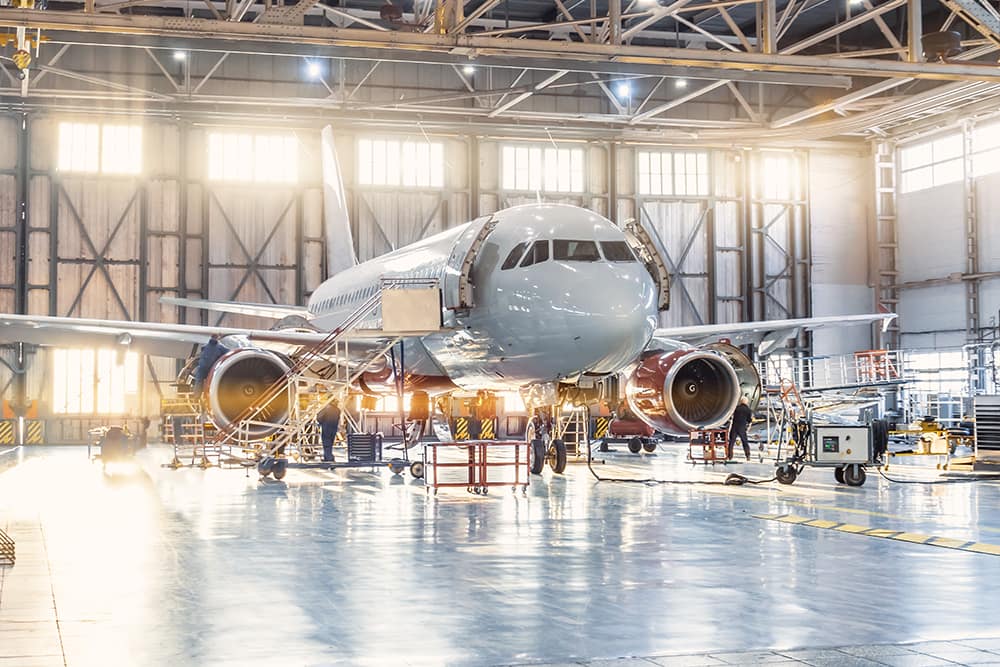Aviation Maintenance Today: Changes and Challenges

As the world continues to grapple with challenges presented by COVID-19, global aviation maintenance industry professionals persist in keeping aviation platforms in airworthy condition. The current situation is not typical, but requirements do not change, and maintenance tasks have increased due to the pandemic. Aircraft emerging from storage have required additional inspections and operational checks prior to release for flight – just one example of change within the industry. The myriad of other changes and challenges that face industry leaders today are much different than those of even two short years ago. However, thanks to the resilient and innovative nature of the aviation maintenance sector, industry leaders are adapting and conquering these challenges head on.
Top trends to watch:
- Shortage of qualified personnel
- New aircraft fleet growth
- Innovative technologies
- Technical training trends
Qualified Personnel
In the 2020-2039 Pilot and Technician Outlook, experts from The Boeing Company predicted the need for more than 739,000 new maintenance technicians over the next 20 years. Advancements in technology are continuous, and aviation maintenance technicians must acquire new skill sets while still maintaining the ability to service older aircraft. The aviation technician of tomorrow must be as comfortable with a laptop or tablet as they are with the tools in their toolbox.
Fleet Growth
After several years of record growth, the 2021-2031 Global Fleet and MRO Market Forecast by Oliver Wyman depicts one of cautious optimism. While the initial recovery is slow, the aviation industry is set to accelerate to pre-pandemic levels in 2022 with steady growth through 2031. The slower growth will likely increase the rate of retirement of older aircraft and fast-track a needed shift to technology-based solutions and expertise for aviation maintenance professionals. Industry-driven programs like the Bachelor of Science in Aviation Maintenance and Master of Aviation Maintenance at Embry-Riddle Aeronautical University prepare students to adapt and master the array of aviation maintenance changes facing the industry. With an emphasis on leadership and aircraft maintenance management, graduates are properly prepared to navigate the challenges.
Innovative Technologies
Technology is changing the way aircraft are maintained today. Additive manufacturing processes, 3D printing, the use of artificial intelligence (AI) in predictive maintenance, block chain and drones are just a few of the technologies that are revolutionizing how aviation is performed – and manufacturers and fleet managers are quickly realizing their advantages and efficiencies. A small unmanned aircraft system (sUAS) utilizing advanced imaging software to inspect for cracks or problem areas during an aircraft skin inspection, for example, is less costly in terms of technician time and other resources. Using a drone to conduct tedious and redundant inspections allows maintenance technicians to concentrate on more specialized tasks.
Technical Training Trends
The initial slowdown in aircraft deliveries has resulted in an unanticipated and unique dilemma for aviation maintenance technicians today. Not only are technicians responsible for the unforeseen special maintenance activities brought on by the pandemic, but they must also continue to maintain legacy aircraft and work on next-generation platforms. To meet the increased demand and maintain proficiency, Maintenance Repair and Overhaul (MRO) organizational leaders are increasing training in specialized areas to provide superior service to their customers. Aircraft predictive maintenance analytics, non-destructive testing techniques, advanced composite repairs and troubleshooting are just some of the areas MRO managers are focusing on in their training agendas.
